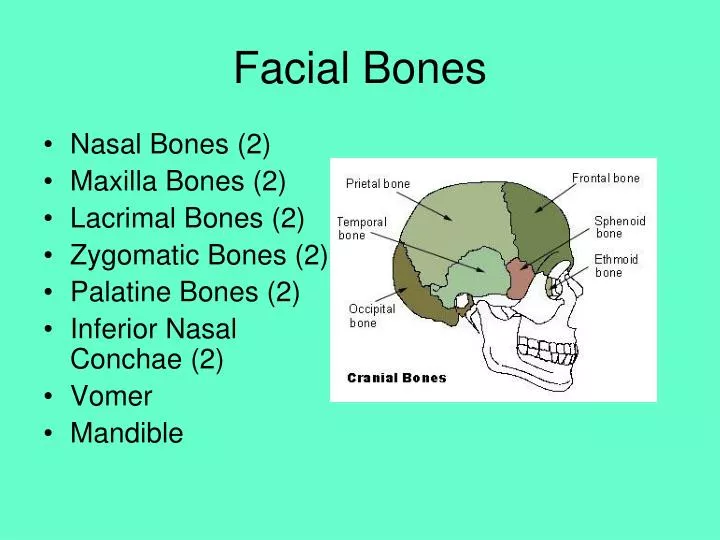

This study has preliminarily solved the problem of bony midfacial defect without reference. GAN-based virtual reconstruction technology has reached a high accuracy in testing set, and statistical tests suggest that it can achieve similar results in real patient data. The mean error in the reconstruction of artificial defects and unilateral clinical defects is 0.59 ± 0.31 mm and 0.48 ± 0.08 mm, P = 0.09.

The cosine similarity in the reconstruction of artificial defects and unilateral clinical defects is 0.97 ± 0.01 and 0.96 ± 0.01, P = 0.695. Reconstruction of midspan clinical defects assessed by experts is acceptable. This study included 518 normal CT data, with 415 in training set and 103 in testing set, and 17 real patient data, with 2 midspan defects and 15 unilateral defects.

The Mann–Whitney U test is used to detect whether reconstruction errors were consistent in artificial and unilateral clinical defects. The cosine similarity and the mean error are used to evaluate the accuracy of reconstruction. The clinical defects are reconstructed by the trained GAN, where the midspan defects were used for qualitative evaluation and the unilateral defects were used for quantitative evaluation. GAN is trained to reconstruct artificial defects to their previous normal shape and tested. MethodsĪccording to anatomy, the bony midface was divided into five subunit structural regions and artificial defects are manually created on the corresponding CT images. The study aims to evaluate the accuracy of the generative adversarial networks (GAN) for reconstructing bony midfacial defects.


 0 kommentar(er)
0 kommentar(er)
